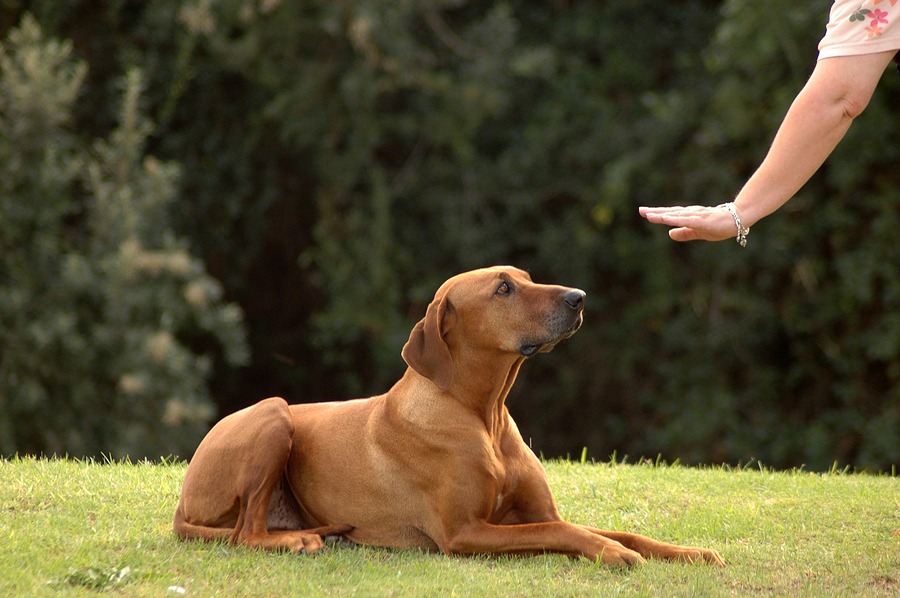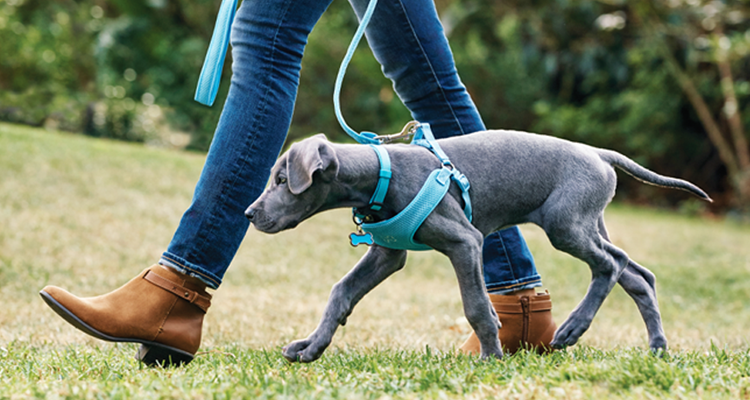Dog Training Techniques to Help Manage Aggressive Behavior in Dogs
Dog Training Techniques to Help Manage Aggressive Behavior in Dogs
Blog Article
Beginner's Guide to Effective Dog Training at Home
Efficiently educating a dog at home needs a nuanced understanding of canine behavior and effective communication approaches. Developing clear training goals, utilizing premium incentives, and maintaining uniformity across family members are vital elements. Incorporating training right into everyday routines can boost both engagement and retention.
Comprehending Canine Habits
Understanding pet behavior is crucial for efficient training and fostering an unified relationship between people and their canine buddies. Pets communicate mostly through body movement, vocalizations, and faces, making it critical for owners to translate these signals accurately. Identifying habits such as tail wagging, roaring, or shrinking can provide insights right into a canine's mood and purposes.

Usual behavioral problems, such as aggression, anxiety, or extreme barking, usually come from misunderstandings or unmet requirements. Observing and attending to these concerns promptly can avoid acceleration and make certain a favorable training experience. By cultivating a deep understanding of canine behavior, owners can tailor their training approaches to match their canine friends, ultimately resulting in a mannerly and happy family pet.
Crucial Training Devices
A well-equipped training space can substantially boost the performance of pet training at home. Important training tools make certain that both the instructor and the pet can participate in effective sessions that cultivate knowing and bonding.

Purchasing a sturdy leash and a comfortable, well-fitting collar or harness is vital for safety and security and control. These tools help develop limits and make certain the pet dog stays secure throughout training. Additionally, a marked training location, without disturbances, aids focus for both the pet dog and the trainer.
Training help such as training pads, cones, or agility equipment can additionally enhance the experience by introducing variety and challenges. Finally, having a note pad or digital application for tracking progress can be indispensable, allowing you to note successes and locations for enhancement. Utilizing these important devices will certainly develop a favorable training environment and lay the structure for effective discovering.
Creating a Training Routine
Developing a regular training routine is necessary for reliable pet training in your home. A well-structured regular not just aids in enhancing wanted actions however additionally offers your pet with a sense of protection and predictability. To develop a reliable training regular, start by recognizing details training objectives, such as basic commands, chain walking, or housebreaking.
Pick a marked time daily for training sessions, ideally when your pet is alert and responsive. Sessions should be short, check my reference approximately 5 to 15 minutes, to maintain emphasis and protect against tiredness. Uniformity in timing and atmosphere will boost your dog's knowing experience.
Include training into day-to-day activities to reinforce skills. Method commands during strolls or mealtime, which incorporates finding out right into natural regimens. Additionally, remain flexible and readjust the routine as needed, accommodating your pet's energy levels and mood.
Favorable Reinforcement Strategies
Favorable support techniques are fundamental to effective pet dog training, advertising desired behaviors with rewards instead of punishment. This approach makes use of favorable stimulations, such as deals with, praise, or playtime, to motivate canines to duplicate certain activities. The foundation of this approach is timing; rewards must be offered promptly adhering to the desired behavior to create a clear association.
When applying favorable reinforcement, it is necessary to select rewards that are inspiring for your pet dog. High-value deals with, such as small items of poultry or cheese, can be especially effective throughout training sessions. Additionally, varying the incentives can preserve your dog's interest and enthusiasm.
Start with basic commands, like "sit" or "stay," and slowly progression to more intricate tasks. Uniformity is vital; make sure that all family participants use the exact same commands and reward systems to avoid complication.
In addition, it is important to remain person and avoid frustration. Canines, like humans, find out at their own speed. By promoting a helpful training setting with favorable support, you can enhance your canine's discovering experience while enhancing the bond between you and your hairy friend, preparing for effective training outcomes.
Common Training Difficulties
While training a pet dog at home can be a satisfying experience, it typically includes a set of common obstacles that can evaluate both perseverance and uniformity. One prevalent problem is interruption. Pet dogs might end up being YOURURL.com conveniently averted by noises, movements, and even fragrances in their atmosphere, making it challenging to preserve their focus throughout training sessions.
Another challenge is variance in commands and reinforcement. It can puzzle the pet and prevent progression if household members use various cues or benefits. Developing a unified technique is important for effective communication.
Additionally, canines can experience disappointment or tension, specifically if they do not understand what is expected of them. This can lead to undesirable habits, such as barking or chewing.
Lastly, the timing of support is critical (Dog training). Postponed benefits can decrease the performance of favorable reinforcement, as dogs might fall short to link the behavior with the incentive
Getting over these challenges calls for dedication, clear communication, and an organized training plan. Identifying and dealing with these typical barriers will lead the way for a more pleasurable see here now and effective training experience in your home.
Conclusion
In final thought, effective pet dog training at home necessitates an extensive understanding of canine actions and efficient interaction strategies. By establishing clear training goals and using top notch deals with along with favorable support, the training procedure ends up being much more satisfying for both the fitness instructor and the canine.
Developing a regular training routine is essential for reliable canine training at home.Favorable support strategies are basic to efficient dog training, promoting desired habits through rewards rather than penalty (Dog training). By promoting a supportive training setting through favorable support, you can enhance your canine's learning experience while reinforcing the bond in between you and your fuzzy buddy, laying the foundation for effective training end results
In verdict, successful pet dog training at home demands a thorough understanding of canine actions and efficient communication approaches. By establishing clear training objectives and making use of high-grade deals with along with favorable reinforcement, the training procedure becomes more fulfilling for both the instructor and the pet.
Report this page